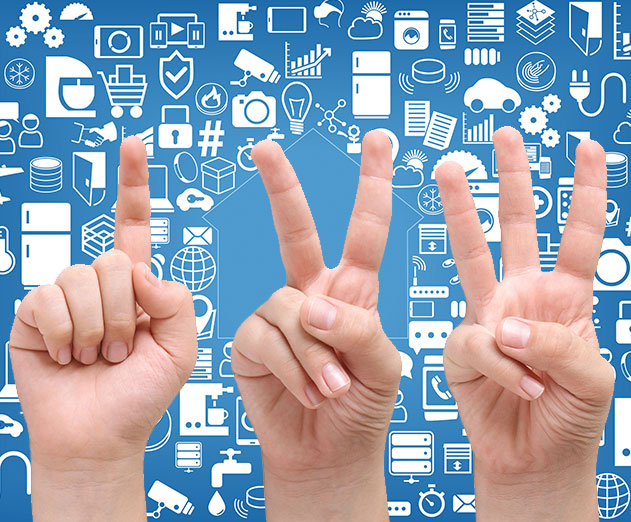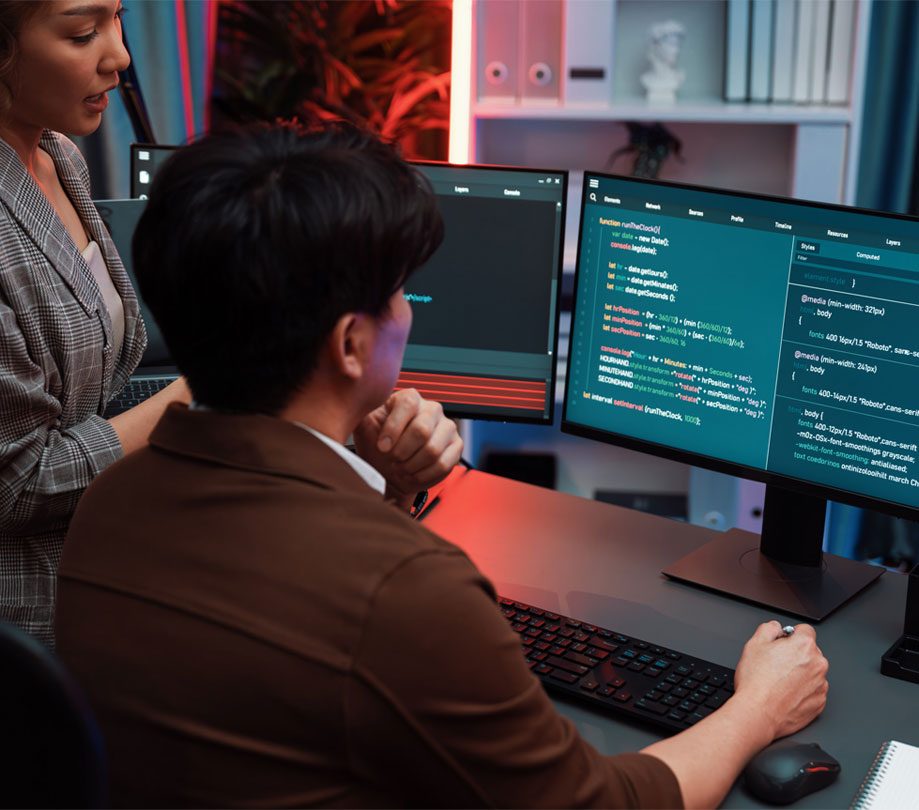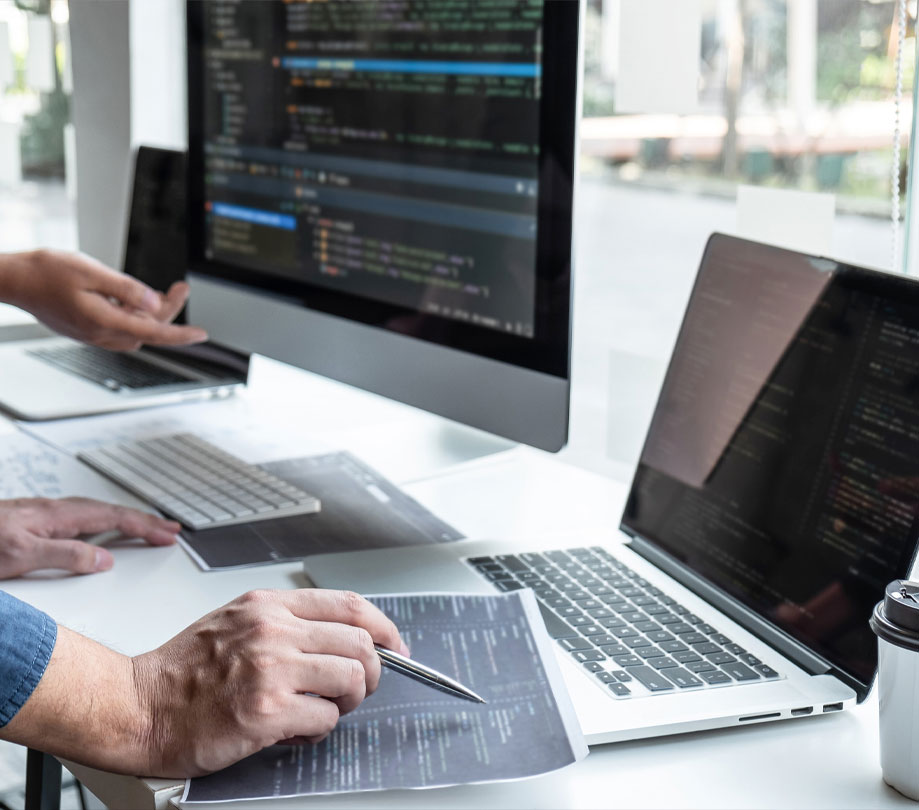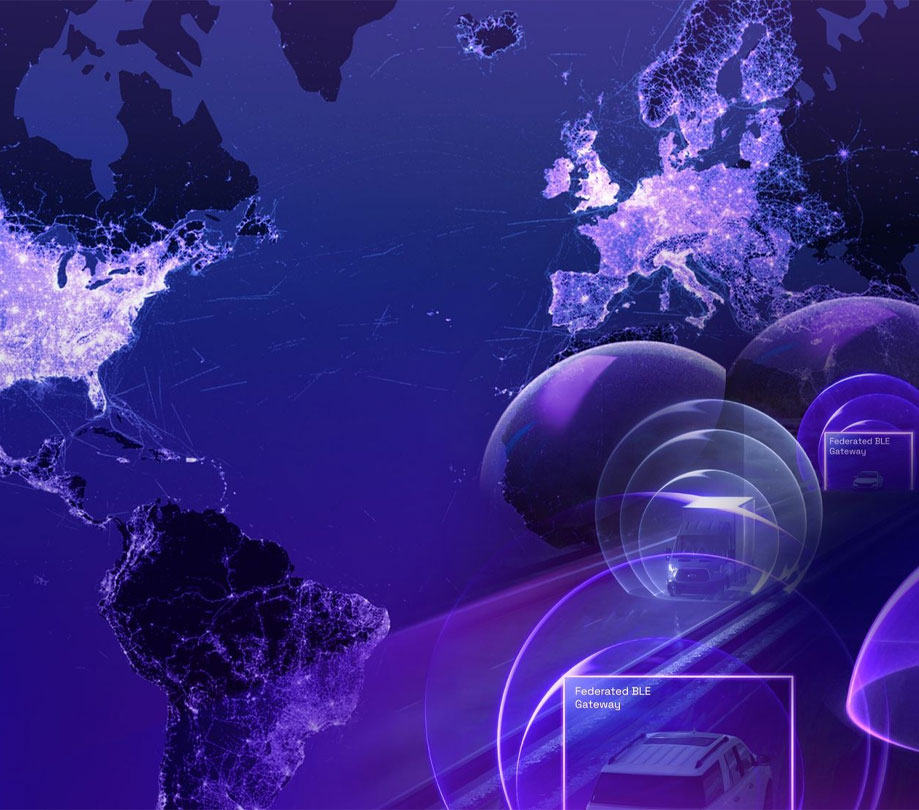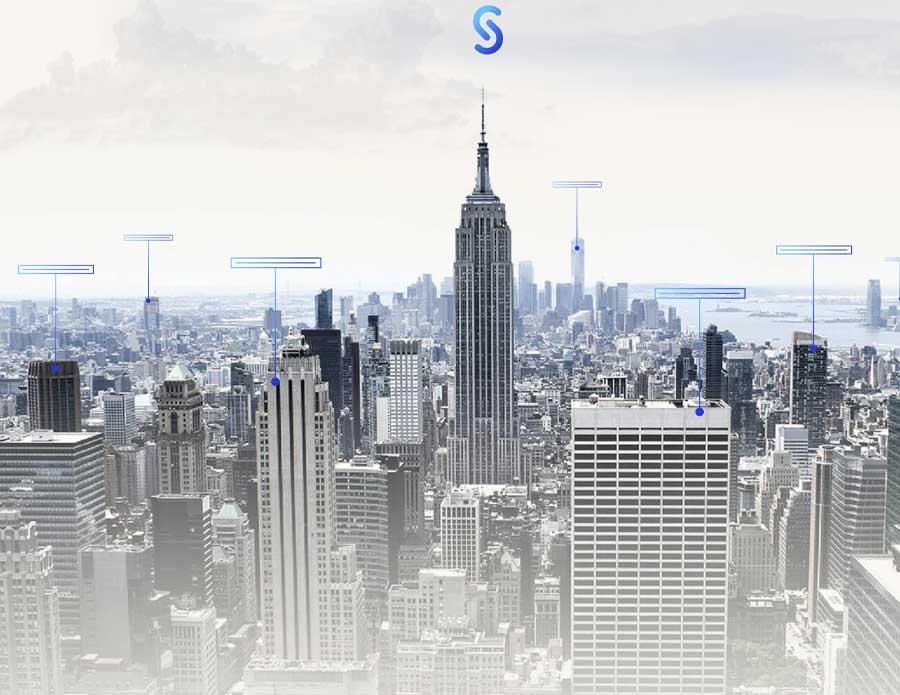IoT
3 ways developers can stay relevant while IoT steams forward
Friday, March 31, 2017

|
Julie Lockner |
How mobile app developers can stay relevant with IoT as it goes through rapid changes.
Apple watches, Nest thermostats, and Amazon’s connected inventory management systems are examples of how the Internet of Things (IoT) is revolutionizing how companies do business. It’s not going away, either; according to IDC, the IoT market could almost triple in the coming years, projecting an increase in market worth from $655.8 billion in 2014 to $1.7 trillion by 2020. Corporations are approving internal projects and creating innovation funds to experiment with how IoT can create new revenue streams, lower costs, and maintain relevance with the next generation of consumers.
This growth in IoT investing brings an increased demand for developers with relevant IoT experience. In order to land the dream projects, IoT developers will need to prove they have mastered the latest cloud IoT platforms, understand cloud failover strategies when their primary deployment site goes down, and demonstrate how they would incorporate multiple sensor and device interfaces with machine learning. Simultaneously, they must stay on top of the latest smartphone standards.
1.) Build data, device and platform interoperability into your architecture from day one.
Developers should assume at the outset that technologies and regulations are constantly evolving and that they will need to adapt accordingly to remain competitive. In today’s retail industry, for example, protocol, technology, and platforms are changing almost daily. RFID inventory and security tags are sewn into garments at factories and are associated with a garment code, size and color, along with other attributes. When the items ship from factory to store, these tags are scanned and the data is entered into an inventory management system. When retailers offer ‘buy online, pickup in store’ functionality, it is the device’s interoperability with the data and platform that enables this. But, if retailers purchase garments from multiple factories with different RFID tag technologies, which are constantly being upgraded, transactions become increasingly complicated. Architecting for interoperability from day one means that developers can more easily switch between platforms and adapt for new technologies.
2.) Keep tabs on IoT cloud innovations.
With the many different technology and data platforms available today, it is vital for developers to keep their options open. With constantly changing code and interfaces, Apple’s platform, for example, might suit your needs perfectly today, but it might not necessarily be the best fit tomorrow. Developers can prepare for these changes by monitoring IoT security attacks, staying on top of provider vulnerabilities, and architecting to allow for a backup plan. They should also pay attention to pricing models for IoT cloud platforms that charge based on data volumes (as more data becomes available via new, enhanced sensors).
3.) Consider architecting for unbridled access to historic sensor data for ease of analysis.
In certain industries, ready access to historical data can be crucial when it comes to making better, more informed decisions. In the healthcare space, advanced sensors that measure body temperature, skin temperature, geo-location data, etc., can provide a comprehensive picture of a patient’s condition. Incorporating sensor data into real-time clinical care can improve the ability to predict the likelihood a certain event, such as a heart attack, will occur. The more information caregivers have about a patient’s condition increases confidence in knowing if an event will or will not occur, ultimately improving the quality of care. Accounting for interoperability and unbridled access to historic sensor data, along with real-time sensor data, means developers can provide hospitals access to all the information they need to make informed decisions regarding a patient’s health and treatment.
As the IoT market continues to grow and evolve and consumer devices and cloud IoT platforms advance and change, it will be increasingly important to prioritize interoperability to keep pace with the respective industries. As a developer, building data, device and platform interoperability into your architecture from day one, keeping tabs on IoT cloud innovations, and architecting for unbridled access to historic data should play an integral role in your development strategy.
This content is made possible by a guest author, or sponsor; it is not written by and does not necessarily reflect the views of App Developer Magazine's editorial staff.
This growth in IoT investing brings an increased demand for developers with relevant IoT experience. In order to land the dream projects, IoT developers will need to prove they have mastered the latest cloud IoT platforms, understand cloud failover strategies when their primary deployment site goes down, and demonstrate how they would incorporate multiple sensor and device interfaces with machine learning. Simultaneously, they must stay on top of the latest smartphone standards.
Here are three tips for developers to stay relevant in this dynamic IoT environment:
1.) Build data, device and platform interoperability into your architecture from day one.
Developers should assume at the outset that technologies and regulations are constantly evolving and that they will need to adapt accordingly to remain competitive. In today’s retail industry, for example, protocol, technology, and platforms are changing almost daily. RFID inventory and security tags are sewn into garments at factories and are associated with a garment code, size and color, along with other attributes. When the items ship from factory to store, these tags are scanned and the data is entered into an inventory management system. When retailers offer ‘buy online, pickup in store’ functionality, it is the device’s interoperability with the data and platform that enables this. But, if retailers purchase garments from multiple factories with different RFID tag technologies, which are constantly being upgraded, transactions become increasingly complicated. Architecting for interoperability from day one means that developers can more easily switch between platforms and adapt for new technologies.
2.) Keep tabs on IoT cloud innovations.
With the many different technology and data platforms available today, it is vital for developers to keep their options open. With constantly changing code and interfaces, Apple’s platform, for example, might suit your needs perfectly today, but it might not necessarily be the best fit tomorrow. Developers can prepare for these changes by monitoring IoT security attacks, staying on top of provider vulnerabilities, and architecting to allow for a backup plan. They should also pay attention to pricing models for IoT cloud platforms that charge based on data volumes (as more data becomes available via new, enhanced sensors).
3.) Consider architecting for unbridled access to historic sensor data for ease of analysis.
In certain industries, ready access to historical data can be crucial when it comes to making better, more informed decisions. In the healthcare space, advanced sensors that measure body temperature, skin temperature, geo-location data, etc., can provide a comprehensive picture of a patient’s condition. Incorporating sensor data into real-time clinical care can improve the ability to predict the likelihood a certain event, such as a heart attack, will occur. The more information caregivers have about a patient’s condition increases confidence in knowing if an event will or will not occur, ultimately improving the quality of care. Accounting for interoperability and unbridled access to historic sensor data, along with real-time sensor data, means developers can provide hospitals access to all the information they need to make informed decisions regarding a patient’s health and treatment.
As the IoT market continues to grow and evolve and consumer devices and cloud IoT platforms advance and change, it will be increasingly important to prioritize interoperability to keep pace with the respective industries. As a developer, building data, device and platform interoperability into your architecture from day one, keeping tabs on IoT cloud innovations, and architecting for unbridled access to historic data should play an integral role in your development strategy.
This content is made possible by a guest author, or sponsor; it is not written by and does not necessarily reflect the views of App Developer Magazine's editorial staff.

Become a subscriber of App Developer Magazine for just $5.99 a month and take advantage of all these perks.
MEMBERS GET ACCESS TO
- - Exclusive content from leaders in the industry
- - Q&A articles from industry leaders
- - Tips and tricks from the most successful developers weekly
- - Monthly issues, including all 90+ back-issues since 2012
- - Event discounts and early-bird signups
- - Gain insight from top achievers in the app store
- - Learn what tools to use, what SDK's to use, and more
Subscribe here


